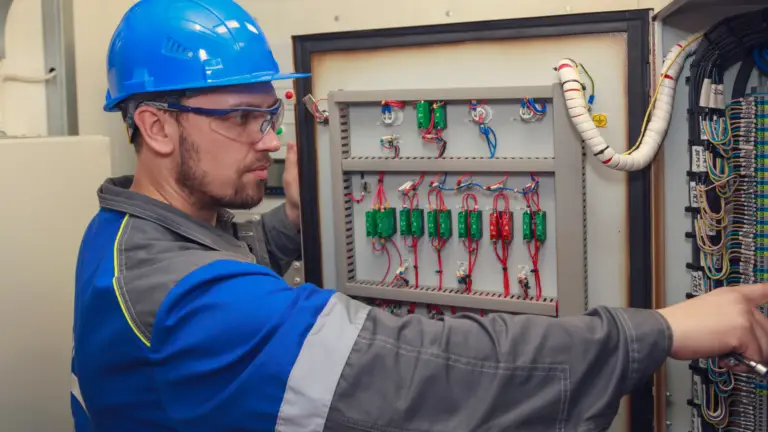Electricity is the lifeblood of modern construction. From powering tools and equipment to lighting up job sites, electrical systems play a pivotal role in ensuring a construction project’s success. In this comprehensive blog, we’ll delve into the multifaceted world of electricity in construction, exploring its various aspects, challenges, and innovations.
To view AH Construction’s projects click HERE
1. Planning Electrical Systems
Before construction begins, careful planning of electrical systems is essential. This involves collaborating with electrical engineers and designers to create detailed blueprints. These plans outline the placement of electrical outlets, lighting fixtures, circuitry, and load calculations. Proper planning ensures that the construction project meets electrical code requirements and functions efficiently.
2. Temporary Electrical Services
During construction, job sites require temporary electrical services to power tools, machinery, and temporary lighting. The setup of these systems demands expertise to ensure safety and reliable power distribution. Temporary electrical services also include installing power distribution boards and transformers, which are essential for managing electrical loads.
3. Safety Considerations
Safety is paramount in construction, especially when it comes to electricity. Construction sites are inherently hazardous environments, and electrical systems must be installed and maintained with the utmost care. This includes ground fault circuit interrupters (GFCIs) to prevent electrical shocks, proper insulation and grounding, and adherence to electrical safety codes.
4. Energy Efficiency
As society becomes increasingly conscious of energy consumption, construction projects are incorporating energy-efficient electrical systems. LED lighting, smart thermostats, and energy-efficient HVAC systems help reduce electricity consumption, leading to cost savings and environmental benefits.
5. Power Distribution
Managing electrical power distribution on a construction site is a complex task. This involves setting up power sources, substations, and distribution panels to ensure an uninterrupted power supply to various areas of the site. Proper distribution minimizes downtime and keeps construction activities on schedule.
6. Innovative Electrical Solutions
Technological advancements are transforming the construction industry, and electrical systems are no exception. Innovations such as Building Information Modeling (BIM) allow for accurate planning and visualization of electrical systems before construction begins. Additionally, the use of renewable energy sources like solar panels is becoming more common in construction projects.
7. Wiring and Cable Management
The installation of wiring and cables is a critical aspect of electrical work in construction. This includes running electrical conduits, routing cables, and connecting electrical devices. Proper cable management ensures that electrical systems are organized, accessible for maintenance, and free from safety hazards.
8. Inspections and Testing
Regular inspections and testing of electrical systems are vital to verify their safety and functionality. Inspectors check for compliance with electrical codes, circuit integrity, and the correct functioning of safety devices. Electrical testing also helps identify and rectify potential issues before they become major problems.
9. Emergency Backup Systems
In the event of power outages, construction sites often rely on emergency backup systems to maintain essential operations. Backup generators and uninterruptible power supplies (UPS) provide temporary power to critical areas, such as emergency lighting and life safety systems.
10. Sustainability and Green Building
Sustainable construction practices are on the rise, with an emphasis on reducing the environmental footprint. Electrical systems in green construction focus on minimizing energy consumption, utilizing renewable energy sources, and integrating energy-efficient technologies to achieve LEED certification and other sustainability goals. Electricity is a cornerstone of modern construction, powering the tools, technologies, and systems that drive progress in the industry. As construction practices evolve, so too do electrical systems, embracing energy efficiency, safety, and sustainability. By understanding the intricacies of electrical systems in construction, professionals can ensure that projects are not only built safely and efficiently but also with an eye toward a more sustainable future.
To view AH Construction’s projects click HERE




